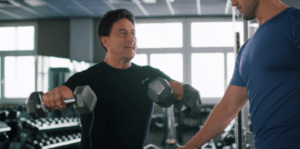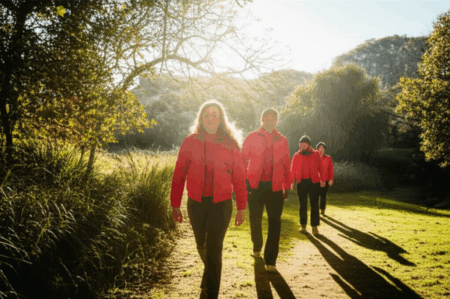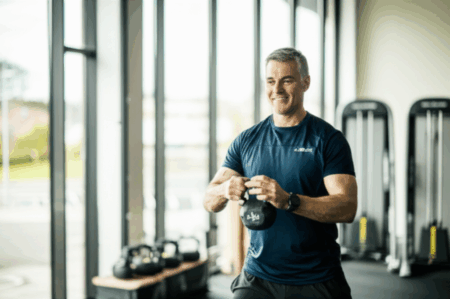Astronauts Sunita Williams and Barry Wilmore are set to return to Earth on March 18, 2025, after an unexpectedly extended stay aboard the International Space Station (ISS). Originally slated for an eight-day mission, technical issues prolonged their time in space to over nine months, necessitating a comprehensive and rigorous fitness routine both during their mission and upon their return to counteract the adverse effects of prolonged microgravity exposure.
The Challenges of Prolonged Spaceflight
Long-duration space travel poses significant challenges to astronauts’ health. The absence of Earth’s gravitational forces leads to a variety of physiological changes, including:
- Muscle Atrophy: Muscles, particularly those in the lower body and back, weaken due to the lack of resistance against gravity. Studies show muscle strength can deteriorate significantly each month in space.
- Bone Density Loss: Bones lose density as they no longer need to support body weight, leading to a decrease in bone mass, similar to osteoporosis. Astronauts can lose up to 1-2% of bone mass per month during extended missions.
- Fluid Redistribution: Fluid shifts in the body can affect circulation and increase intracranial pressure, potentially leading to visual impairment.
- Cardiovascular Effects: The heart, a cardiac muscle, can be affected by reduced blood volume and the altered demands on the cardiovascular system in space.
- Radiation Exposure: Astronauts are exposed to higher levels of radiation in space, increasing the risk of DNA damage and cancer.
Countermeasures in Space: Exercise is Key
To mitigate these health effects, astronauts on the ISS adhere to rigorous exercise regimes, nutritional monitoring, and medical assessments. Exercise is considered a critical countermeasure, with Williams and Wilmore dedicating around 2.5 hours each day to maintain their physical condition.
- Resistance Exercise: The Advanced Resistive Exercise Device (ARED) is used to simulate weightlifting, helping to maintain muscle mass and bone density by providing resistance against the body.
- Cardiovascular Workouts: Treadmills and stationary bikes are used to maintain cardiovascular health and reduce bone density loss.
Preparing for Return: Re-adaptation to Gravity
The return to Earth presents its own set of challenges as the astronauts’ bodies must re-adapt to gravity.
The Gravity Shock
The immediate return to Earth’s gravity can be a significant shock to the system. After months in a weightless environment, the body needs to readjust to supporting its own weight and functioning under the influence of gravity.
Post-Flight Recovery: A 45-Day Intensive Program
Upon landing, Williams and Wilmore will undergo a 45-day period of intensive reconditioning. A specialized recovery team will be on hand to assist them as they begin to walk again and adapt to Earth’s gravity. The recovery process focuses on:
- Regaining Muscle Strength: Physical therapy and targeted exercises will help rebuild muscle mass and strength, particularly in the legs and core.
- Restoring Bone Density: Rehabilitation programs will aim to stimulate bone regeneration and increase bone density. It can take up to three years for astronauts to fully recover their bone density after a long mission.
- Balance and Coordination: The astronauts will need to retrain their balance and coordination, which can be affected by prolonged time in microgravity.
- Medical Monitoring: Ongoing medical tests and monitoring will assess the long-term effects of the mission and guide the recovery process.
Long-Term Health Considerations
Even with rigorous exercise and rehabilitation, the long-term effects of prolonged spaceflight are still being studied. Astronauts may face an increased risk of musculoskeletal issues, vision problems, and other health concerns. Continuous research and monitoring are crucial to understanding and mitigating these risks.
Sunita Williams and Barry Wilmore’s experience highlights the importance of physical fitness and medical support in ensuring the health and safety of astronauts during and after long-duration space missions. Their dedication to maintaining their fitness in space, combined with the comprehensive rehabilitation program awaiting them on Earth, will be crucial for their successful re-adaptation to life back on our planet.







